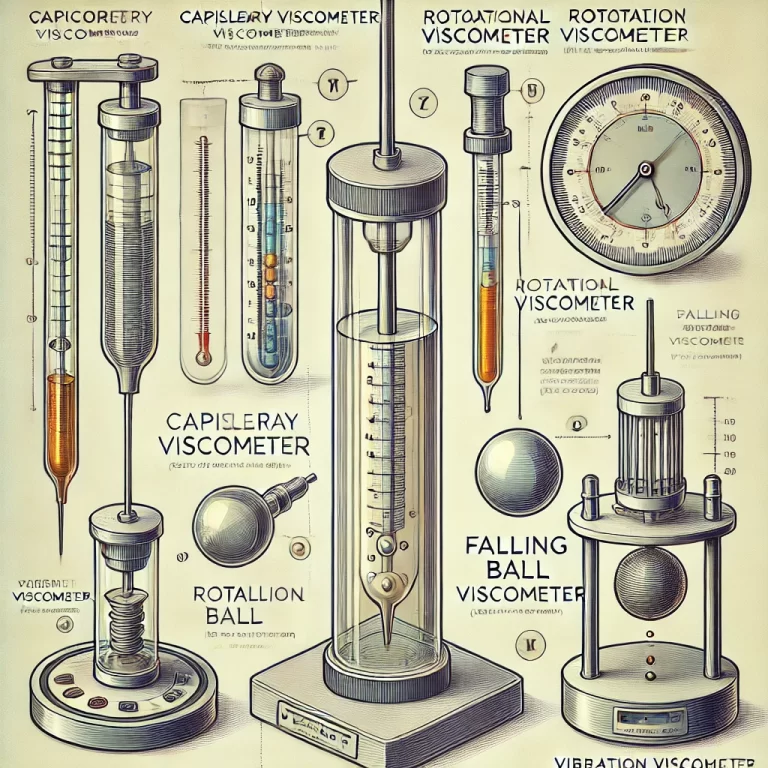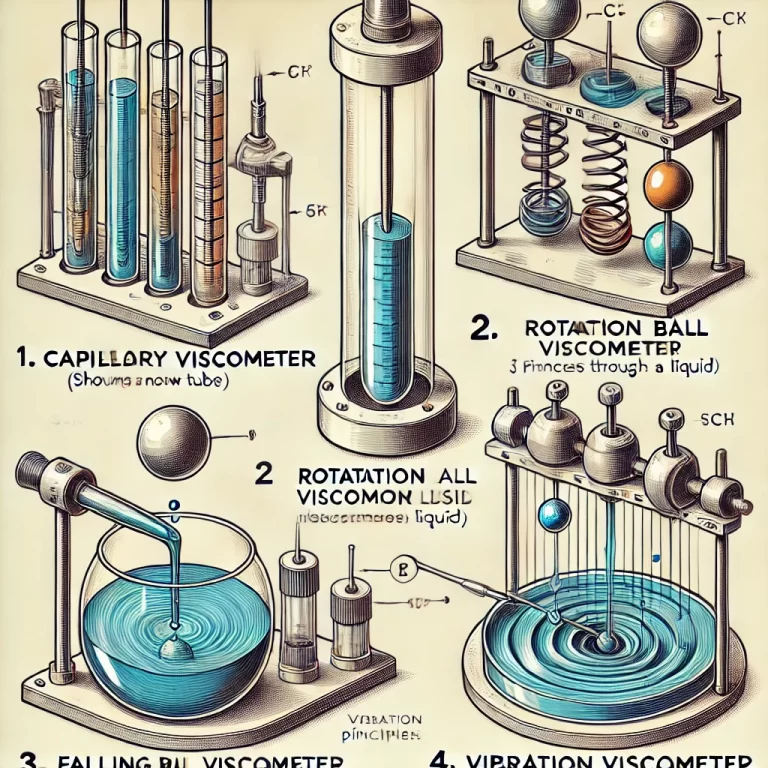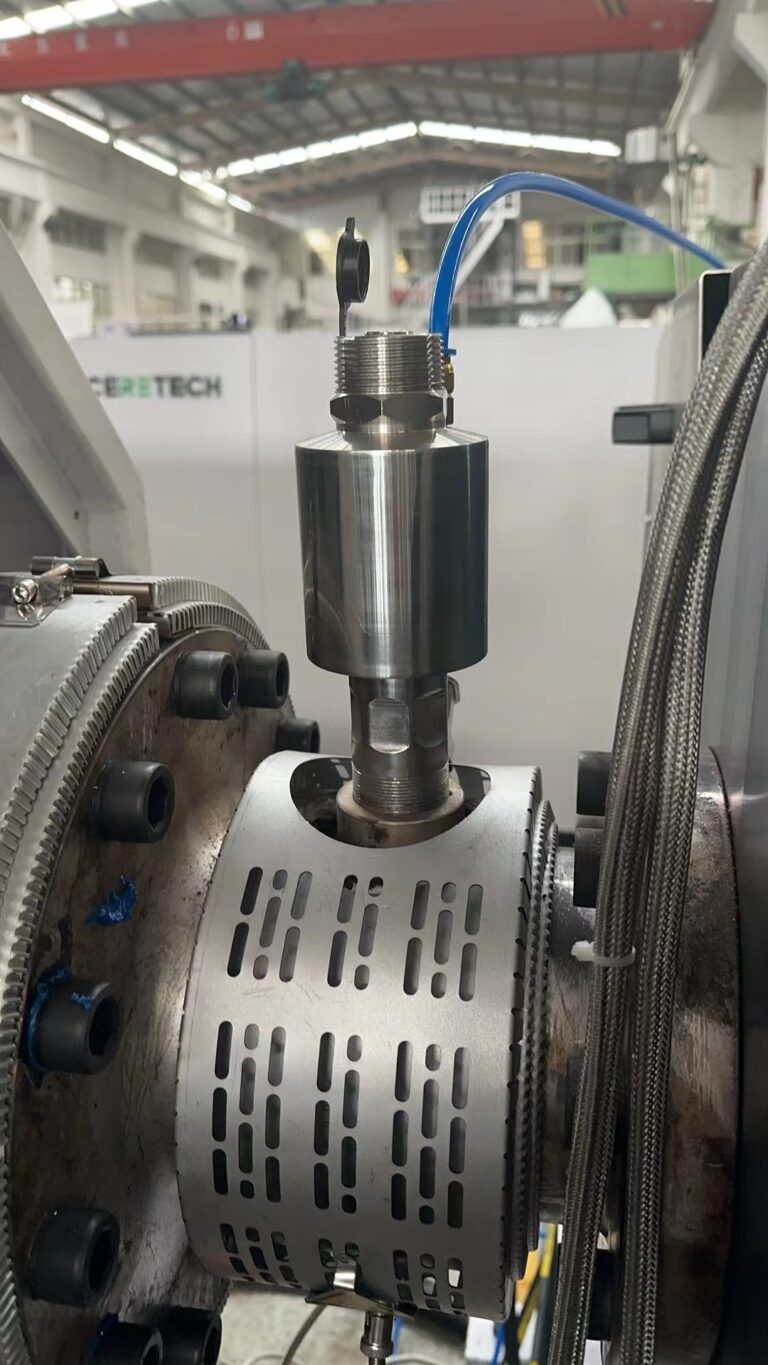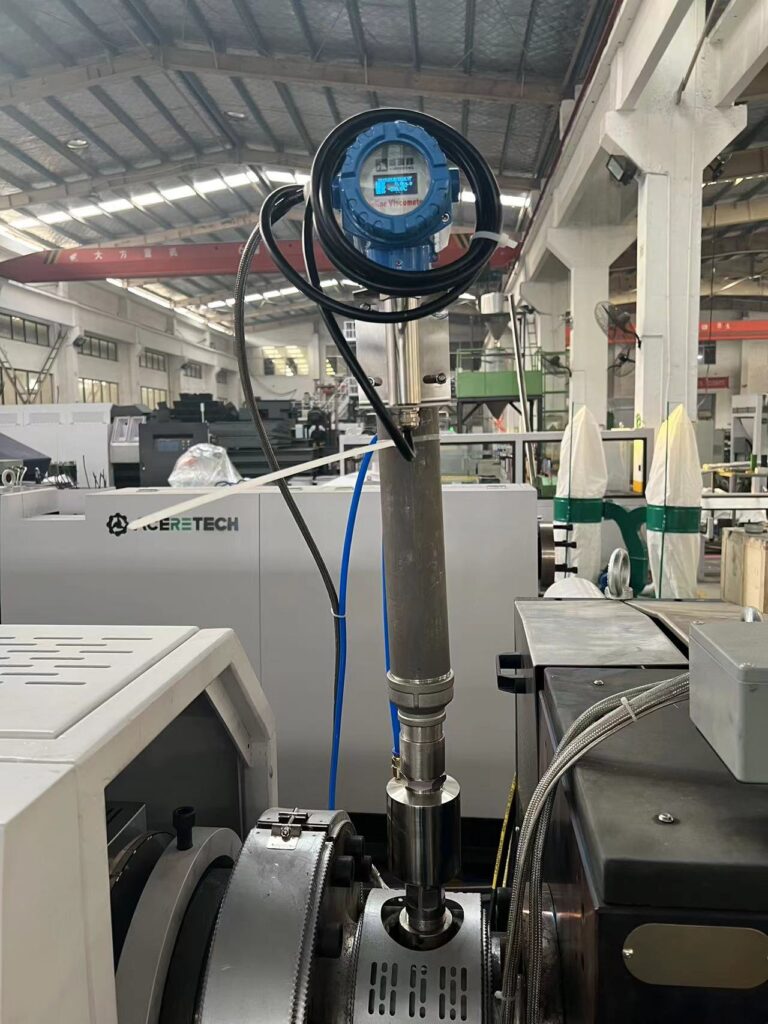Viscometers are instruments used to measure the viscosity (internal friction) of fluids. Viscosity represents a liquid’s resistance to flow—in simple terms, thicker liquids (e.g., honey) have higher viscosity, while thinner liquids (e.g., water) have lower viscosity. Viscometers play a critical role across various industries, including petroleum, food, coatings, and chemical sectors. This article provides a comprehensive guide to viscometers, covering their principles, types, applications, selection criteria, and maintenance tips.
What is Viscosity?
Viscosity is a key property of fluids that describes their resistance to deformation under applied force. It is categorized into two types:
Dynamic Viscosity: Resistance to shear stress.
Kinematic Viscosity: Dynamic viscosity divided by the fluid’s density.
Newtonian vs. Non-Newtonian Fluids
Newtonian Fluids: Viscosity remains constant regardless of shear rate (e.g., water, oil).
Non-Newtonian Fluids: Viscosity changes with shear rate (e.g., toothpaste, blood). Measuring non-Newtonian fluids requires specialized techniques.

Temperature and Viscosity
Temperature significantly impacts viscosity:
For liquids: Viscosity decreases as temperature rises.
For gases: Viscosity increases as temperature rises.
This relationship highlights the importance of temperature control during viscosity measurements.
Principles of Viscometer Operation
Viscometers measure viscosity by analyzing a fluid’s response to different forces, such as shear, gravity, rotation, or vibration. Here are the key principles:
Flow Method (Capillary Principle): Measures the time a fluid takes to flow through a narrow tube. Slower flow indicates higher viscosity.
Rotational Method: Measures resistance against a rotating object (rotor) in the fluid. Higher resistance indicates higher viscosity.
Vibration Method: Measures damping of a vibrating probe in the fluid. Greater damping corresponds to higher viscosity.
Falling Ball Method: Observes the speed of a ball falling through the liquid. A slower fall suggests higher viscosity.
Ultrasound Method: Analyzes the propagation speed and attenuation of ultrasound waves through the liquid to determine viscosity.

Types of Viscometers
Viscometers are classified based on their working principles and applications:
1. Capillary Viscometers
Principle: Measures fluid flow through a narrow tube using Poiseuille’s law.
Advantages: High precision, ideal for low-viscosity fluids.
Disadvantages: Not suitable for non-Newtonian fluids; requires strict temperature control.
Common Models: Ostwald Viscometer, Ubbelohde Viscometer.
2. Rotational Viscometers
Principle: Measures the torque required to rotate a spindle in the fluid.
Advantages: Handles a wide viscosity range; suitable for non-Newtonian fluids.
Disadvantages: Expensive; requires regular calibration.
Common Models: Brookfield Viscometer.
3. Vibration Viscometers
Principle: Measures changes in probe vibrations caused by fluid resistance.
Advantages: No consumables needed; suitable for online measurements.
Disadvantages: Limited accuracy for high-viscosity fluids.
4. Falling Ball Viscometers
Principle: Based on Stokes’ law, measuring the time it takes for a ball to fall through a fluid.
Advantages: Simple and economical.
Disadvantages: Not suitable for opaque or high-viscosity fluids.
5. Ultrasound Viscometers
Principle: Uses ultrasound wave properties to determine viscosity.
Advantages: Non-contact measurements; suitable for complex environments.
Disadvantages: High cost and complexity.
6. Online Viscometers
Principle: Usually based on vibration or ultrasound methods for real-time monitoring.
Advantages: Excellent for industrial process control.
Disadvantages: Expensive installation and maintenance.

Applications of Viscometers
Viscometers are widely used in various fields:
Food Industry
Measure the viscosity of chocolate, sauces, and syrups to ensure consistent quality and texture.
Typical Instruments: Rotational or vibration viscometers.
Petroleum Industry
Analyze the viscosity of crude oil and lubricants for transportation and product quality.
Typical Instruments: Capillary or online viscometers.
Pharmaceuticals
Evaluate the viscosity of ointments, syrups, and other non-Newtonian fluids.
Typical Instruments: Rotational viscometers.
Coatings and Paints
Test the flow properties of paints to ensure proper application and durability.
Typical Instruments: Rotational or falling ball viscometers.

Viscometer Types and Principles
| Viscometer Type | Working Principle | Advantages | Disadvantages |
|---|---|---|---|
| Capillary Viscometer | Measures the time fluid takes to flow through a narrow tube; slower flow indicates higher viscosity. | High precision, ideal for low-viscosity fluids. | Not suitable for non-Newtonian fluids; requires strict temperature control. |
| Rotational Viscometer | Measures the torque required to rotate a spindle in the fluid; higher resistance indicates higher viscosity. | Handles a wide range of viscosities; suitable for non-Newtonian fluids. | Expensive; requires regular calibration. |
| Falling Ball Viscometer | Observes the time it takes for a ball to fall through the liquid; slower fall suggests higher viscosity. | Simple and economical. | Not suitable for opaque or high-viscosity fluids. |
| Vibration Viscometer | Measures damping of a vibrating probe in the fluid; greater damping corresponds to higher viscosity. | No consumables; suitable for real-time online measurements. | Limited accuracy for high-viscosity fluids. |
Best Practices for Using Viscometers
Maintain Cleanliness: Clean the instrument before and after use to prevent contamination and ensure accuracy.
Control Temperature: Maintain stable temperatures, especially for capillary viscometers.
Calibrate Regularly: Calibration is essential, particularly for rotational and online viscometers.
Avoid Interference: Remove air bubbles and impurities from the fluid to ensure accurate results.

Summary
Viscometers are versatile tools for measuring the viscosity of fluids, with applications ranging from food production to industrial process control. Selecting the right type of viscometer requires a clear understanding of the fluid’s properties, the measurement environment, and budget constraints. By following best practices, users can ensure precise and reliable viscosity measurements, optimizing performance across various applications.
